A rear bike seat is a great way to carry your young child on the back of your bike. They’re designed for use from about 12 months through to over 3 years old. After that, they’ll be wanting their own bike! We’ve got lots more information about rear bike seats here if you’re not sure what they’re all about.
There is a wide range of makes and models of children’s rear bike seats on the market. It can be confusing knowing which is the best rear bike seat to buy, so here are some questions to think about to help decide which rear bike seat is right for you and your child.
When you are ready to buy, check out our post about what rear seats are available to buy and where you can track them down.
how much can you afford to spend on your child’s bike seat?
A quick look at the Wiggle website shows there is a range of rear bike seats, at various prices, and that’s just one retailer! In general you can pick up seats from between £30 to £120. Most manufacturers have a range of childseats, of differing quality and price. As with anything, the more you pay, the better the spec, but the basic models can serve you well for weekend use on flat terrain.
The Hamax Buddy, for example, is an entry level model that costs just over £50, whilst you pay well over £100 for the Topeak Babysitter Child seat for use with disc brakes.
We’ve listed out a lot of the models available in our post on which child’s rear bike seat to buy.
Whilst you’re in the process of taking the child out of the rear bike seat, if it’s not propped up right there is a very small risk of your bike slipping – the more pricey seats come with good protection around the head area, to help protect if it did ever fall.
do you need to transport your child on more than one bike?
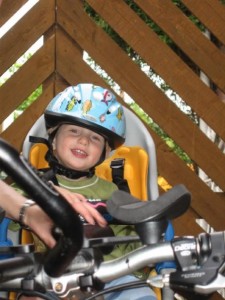 If you do, choose a model that allows you to buy additional fixing kits, and has a quick release mechanism. This allows for much more flexibility – for example, Dad can drop off at nursery in the morning, and mum pick up in the evening. However, do be aware that anyone can walk off with your rear bike seat at any time if you don’t secure it with a suitable lock.
If you do, choose a model that allows you to buy additional fixing kits, and has a quick release mechanism. This allows for much more flexibility – for example, Dad can drop off at nursery in the morning, and mum pick up in the evening. However, do be aware that anyone can walk off with your rear bike seat at any time if you don’t secure it with a suitable lock.
If you don’t need to transport your child on more than one bike, then an more traditional style rear bike seat, that fixes permanently to your bike, may be more suited – especially if you park in a communal place.
what is the child seat made of?
Better quality rear bike seats tend to be made of more durable ABS type plastics (the type used for car bumpers). This factor and better quality fixings and fixing methods mean that often the better quality seats are capable of carrying a heavier load (up to 22kg (48lb) max).
If you are using on a daily basis, in all weathers, look for stainless steel or chrome fittings.
is your child secured properly in their rear bike seat?
Always check for 5 points on the harness. This should always be two shoulder straps and one between the legs. The others could be either a waist strap or a rigid bar across the width of the child seat. Always make sure all points are closed tightly, and your wriggly toddler cannot get out of the harness. Feet should be strapped in securely.
do you need accessories?
Available accessories will vary by model, but could include pannier racks, additional fixing brackets, rain covers, storage compartments or bags.
Hamax probably have the best range of seat accessories.
how long is your child going to be sitting in the rear bike seat?
More expensive models come with a reclining back and adjustable head rests, and cut out areas for your child’s helmet to rest, so their head is not forced forwards by the back of the seat.
You pay a premium for these features, in models such as the Hamax Siesta, but they can be worth it to avoid complaints on an all day adventure. Your child is sitting directly over the wheel – worth remembering when you’re riding off road or over the ever increasing number of potholes appearing on the roads these days.
will the rear bike seat grow with your child?
Check the maximum weight for the seat – this could be an issue if you have a heavy child. The foot rest and the strap that goes round the foot can cause problems if they are not adjustable.
how easy is it to get a kid in and out?
Can you release the harness (with cold fingers)? Does the foot strap need lots of fiddling? (Elasticity in the foot strap helps to get them in and out more quickly).
will the rear child seat damage your bike?
Check this out with your local bike shop before you buy if you are worried about this. Some wear and tear is inevitable, but some models of rear bike seat are more intrusive than others.
how easy is it to fit a child’s bike seat to your bike?
Most children’s bike seats claim to be easy to fit, but that depends on how good you are with a set of instructions and a screwdriver. Many bike shops offer a fitting service, which also provides peace of mind that the seat or rack is correctly fitted.
how much do you need to carry?
Remember you can’t have a huge rucksack as little one is behind you. If you need to carry shopping, work stuff etc, then look for a model with additional storage. Depending on how much you need to carry, you may need to consider a front seat or trailer, or a front basket. (LINKS)
is it going to get wet?
Some models have seats that retain moisture. These can be uncomfortable for your child if they get wet, so consider whether the seat will remain outside in the rain (you can cover with plastic bag if this is an infrequent occurrence, or several seats on the market come with rain covers). Also, think of how easy they are to dry and clean if your child is prone to having “accidents”.
where to buy a child’s rear bike seat
So now you’ve thought in more detail about what you need out of a rear bike seat, check out our article on what makes and models are available, and where you can buy them.
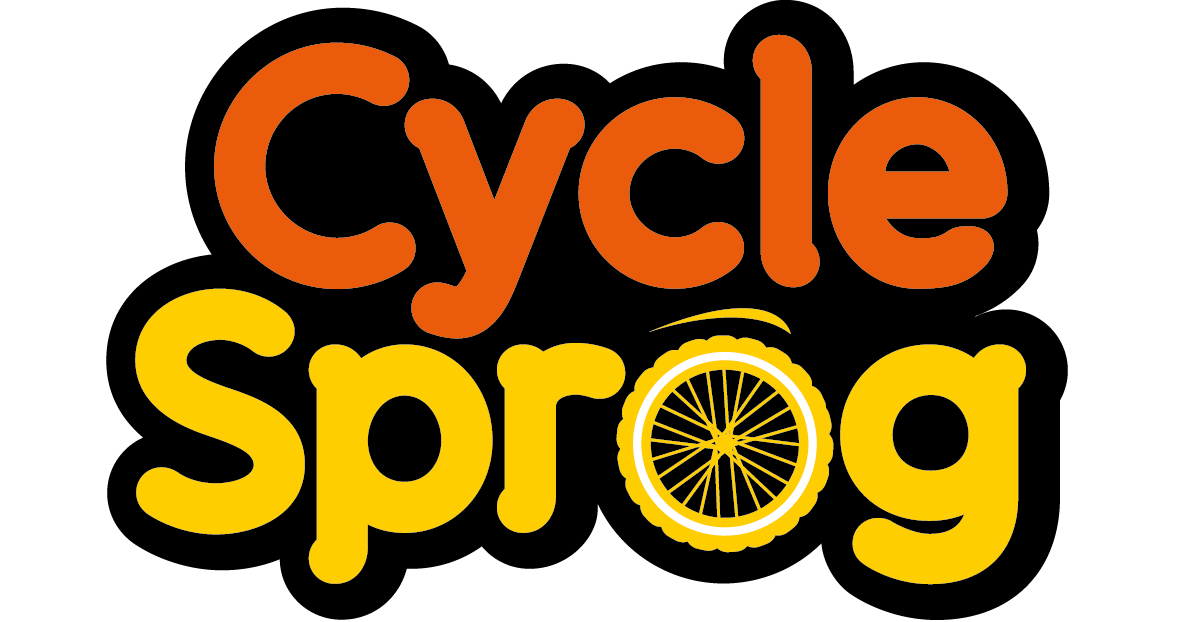
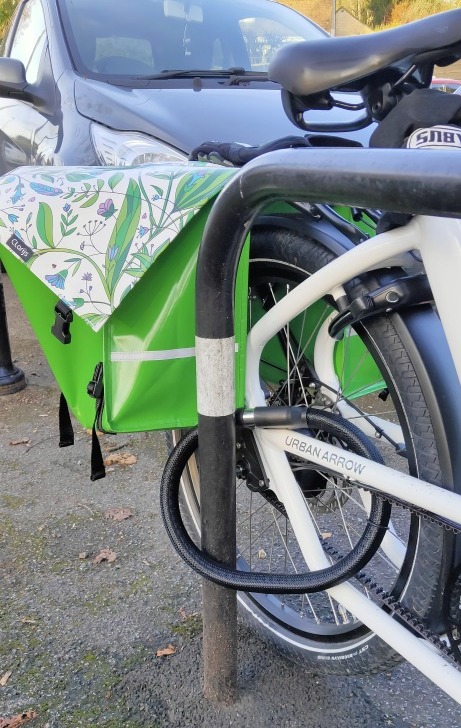
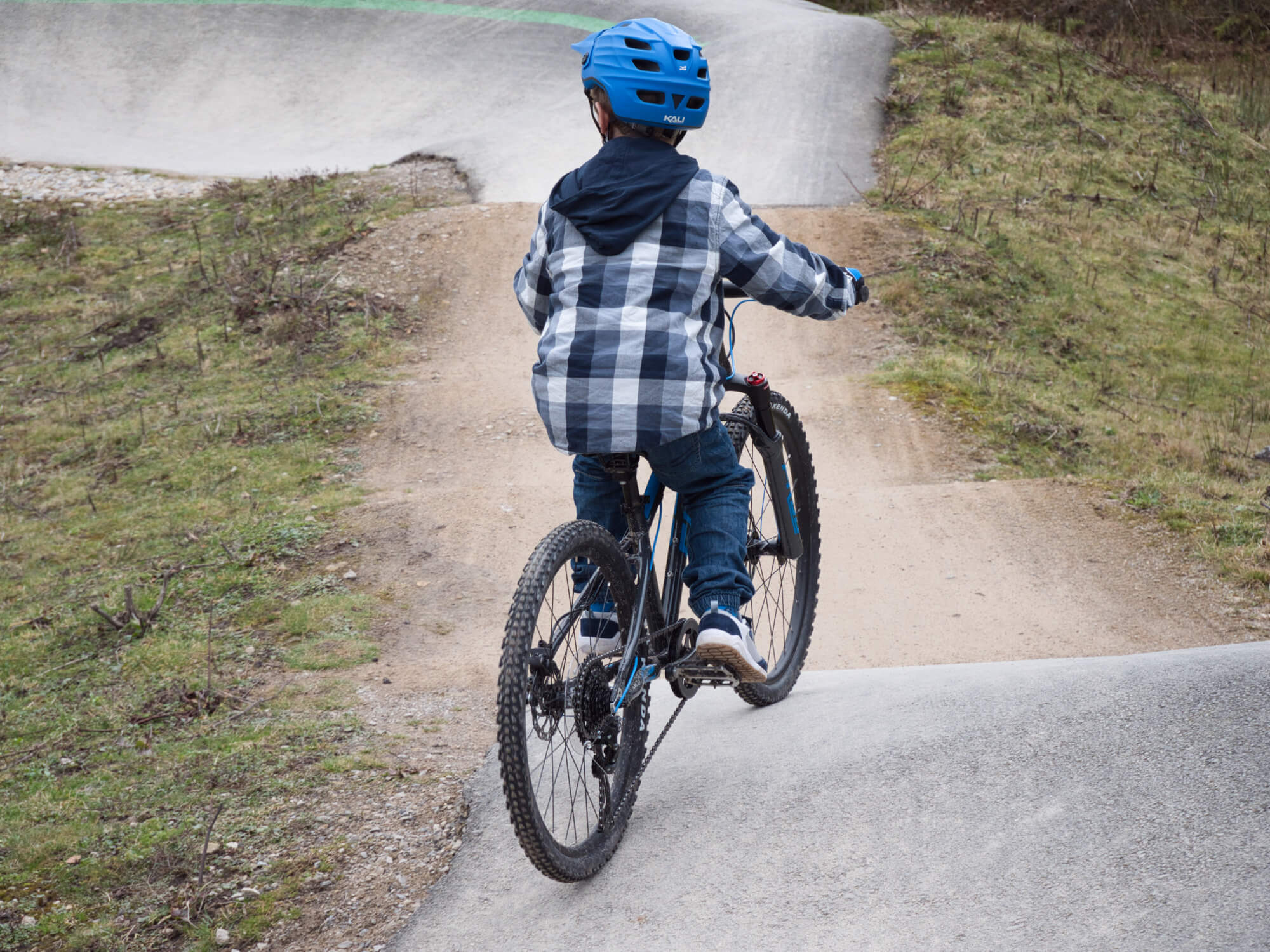
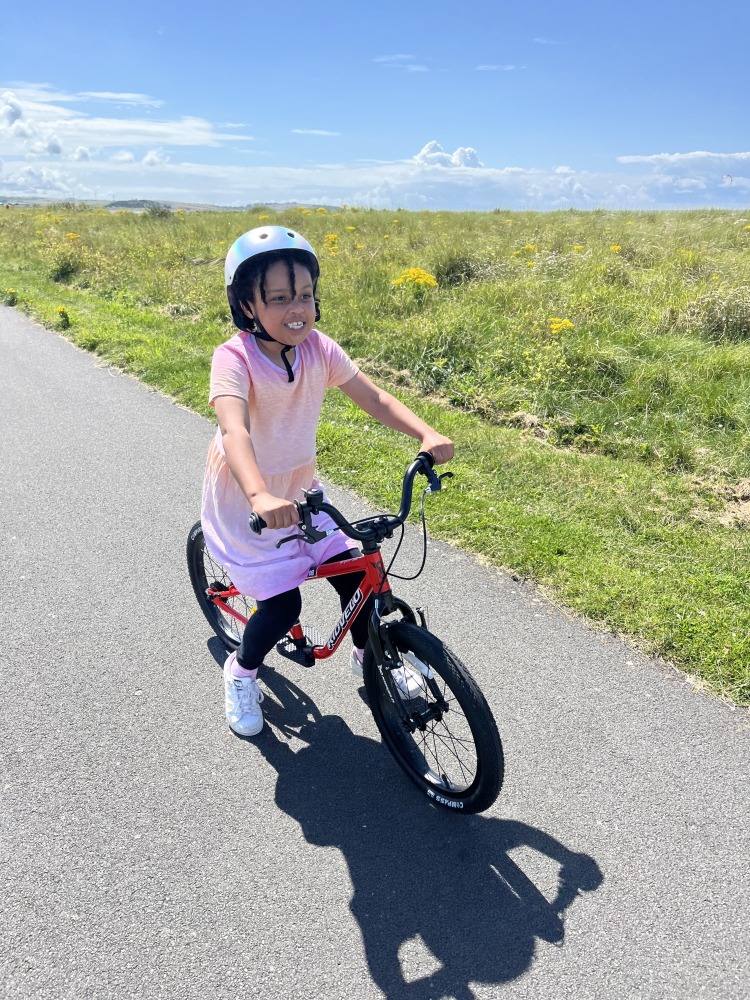
Comments